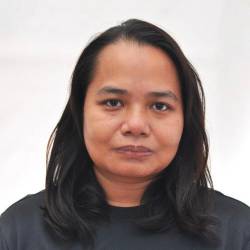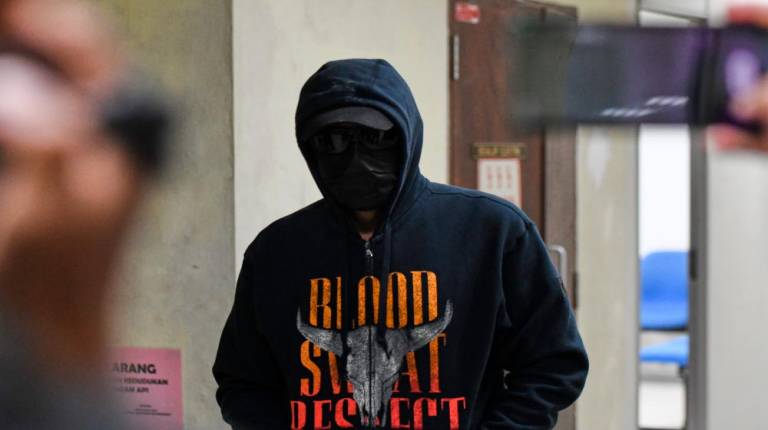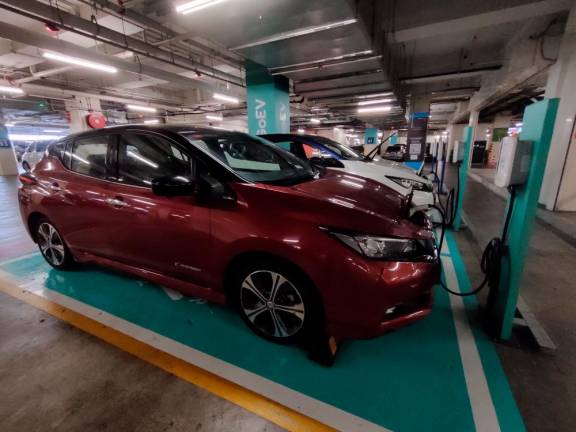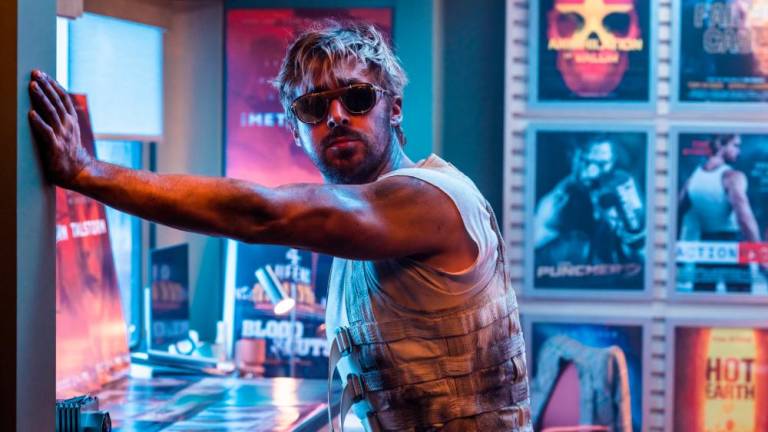IF there is a superhero that Choong Yew Cherng (pix) can relate to, it has to be Aquaman. After all, his work revolves around denizens beneath the waves.
At Sea Life Malaysia in Johor, where he is as an aquarist, Choong literally babysits seahorses, sea jellies, stingrays and other marine creatures, all of which are found exclusively in Malaysian waters. He has 13,000 of them in his brood.
His task is to ensure the survival of these creatures that have been put at risk by human failures such as pollution and environmental degradation.
Choong’s love for aquatic creatures was nurtured from childhood. “My father had a beautiful pond filled with Japanese koi. I would help him take care of the fishes,” he told theSun.
He said his family would often spend time at waterfalls or beaches – activities that would shape his love for the ocean and its biodiversity.
This passion led him to study marine biology at Universiti Malaysia Terengganu. “It was there that I was encouraged to explore different marine habitats and see its beauty. We also had field trips to beaches, wetlands and seagrass beds, where submerged flowering plants bloom,” he said.
It was during his university days that he was certified as an advanced open water scuba diver, a qualification that would earn him an internship at a seaside resort during a
semester break.
Choong’s work revolved around operations at the dive centre, giving him an opportunity to spend time getting to know the marine life around Pulau Redang.
“It was a fun time indeed, combining my interest and activities that became useful in a large part of my career,” he said.
It was in Singapore where he got his first taste of animal husbandry, specialising in the care of sea jellies. “I was able to breed four different species of sea jellies rather than buy them. It’s more sustainable,” he said.
“They are delicate and keeping them alive in an enclosed environment was difficult, but it was a challenge that I relished.”
During trips to Japan and Hong Kong, he also learned how to put creatures on public display while keeping them safe.
He said while sea jellies are not an endangered species, they show signs when there is an imbalance in the marine ecosystem.
“When seawater temperature rises, it leads to algae bloom. Since sea jellies feed on algae, this means the temperature change increases food supply for them, enabling them to multiply rapidly,” he said.
“However, Mother Nature has her own
way of ensuring balance in the ecosystem,”
he added.
On a personal level, Choong takes pride in the breeding programme at Sea Life Malaysia. His efforts have led to an increase in the population of pot-bellied seahorses, blue spotted stingrays and epaulette sharks at the aquatic centre.
Ultimately, the objective is to make the aquarium self-sustainable when it comes to the animal population.
Sea Life Malaysia has also fostered an animal exchange partnership with Aquaria KLCC under a programme aimed at educating visitors about endangered species that are being rehabilitated.
Under the programme, Sea Life Malaysia provided 20 newly-hatched seahorse fries and eight juvenile pot-bellied seahorses in exchange for two Malaysian striped carps and six hampala barbs.
The Covid-19 pandemic has brought a new set of challenges, one of which is the difficulty in getting supplies.
But 41-year-old Choong, who is one of only 60 aquarists in Malaysia, is hopeful there is a future for his beloved sea creatures.
“They will still be here for future generations to see,” he said.















